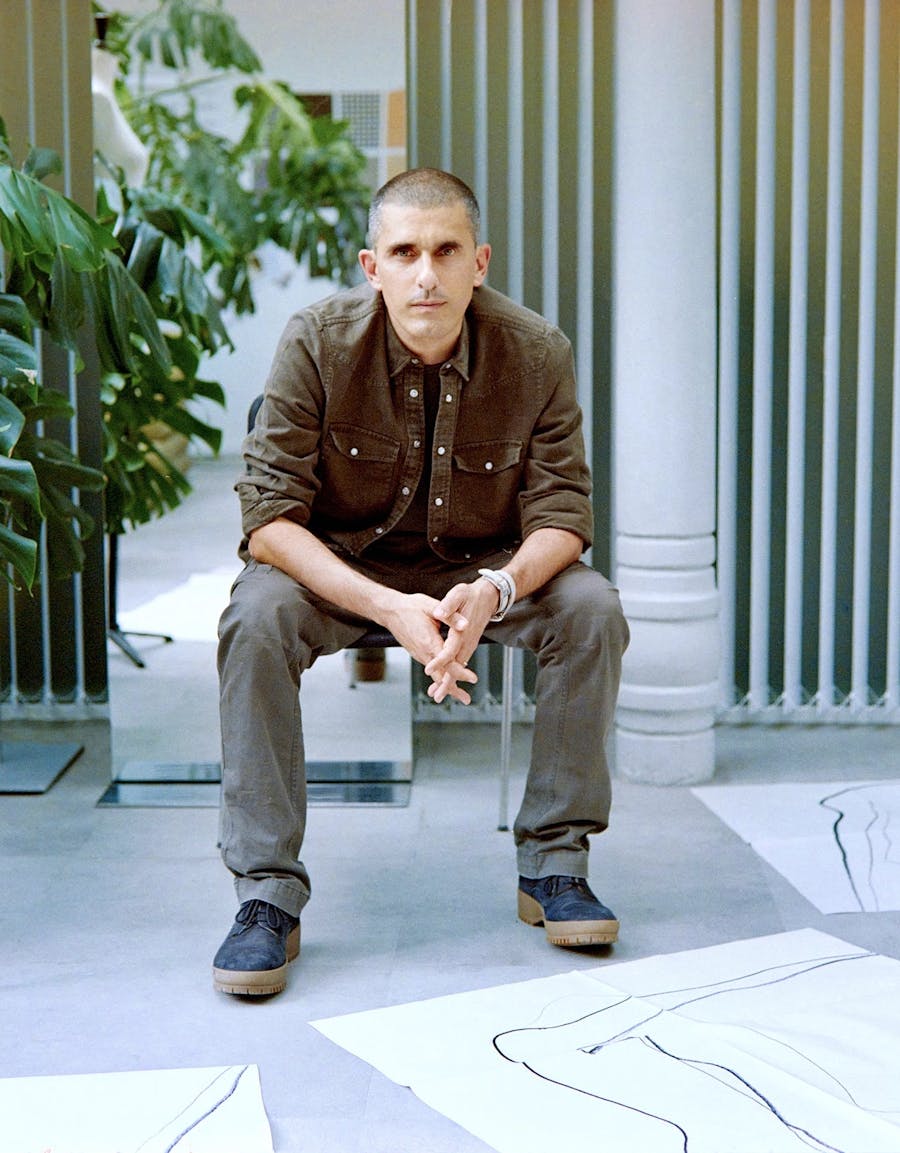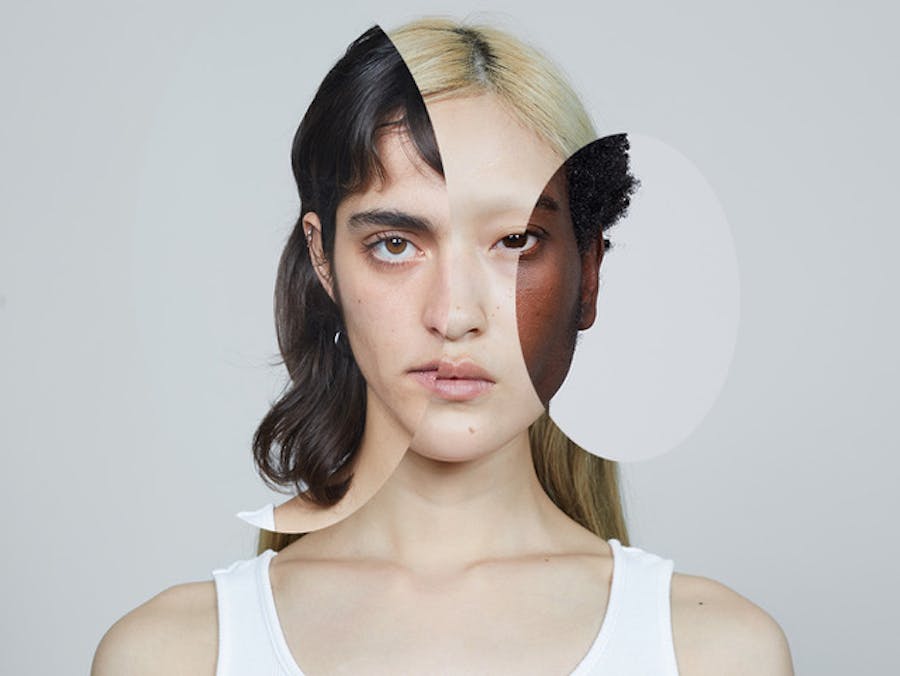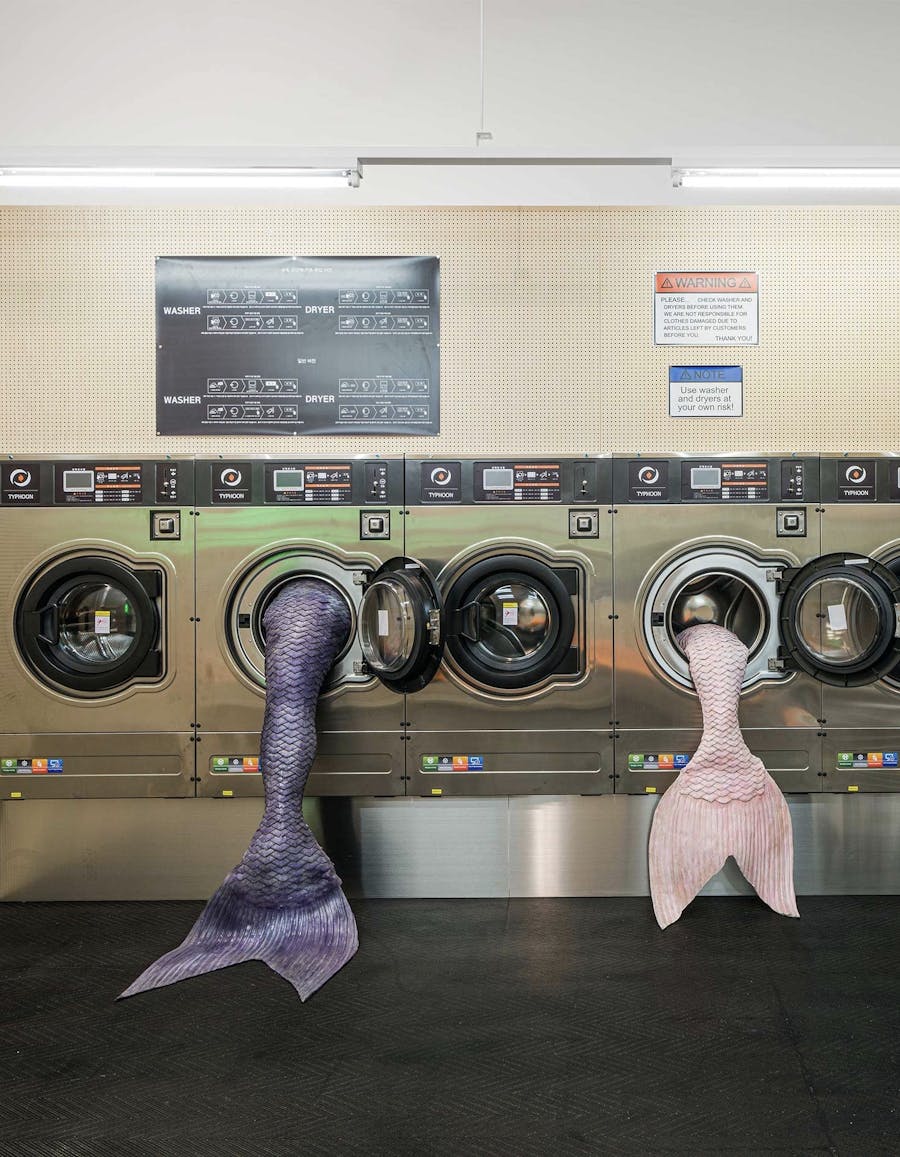“Connected by blood ties or shared dreams, family determines what we become. A united, unshakeable community of individuals. That is whatdefines our family. And you – what about yours?”
This comes not from a questionnaire to be used in a sociological study but is the subheading of Calvin Klein’s Spring 2018 digital campaign, called “Our Family. #MyCalvins.” In the photos, arms linked, are Kaia and Presley Gerber, the children of Cindy Crawford and Rande Gerber. A captioned, participatory campaign – it is not the most obvious kind of advertising. It calls to mind what David Ogilvy (1982) once said: “advertising reflects the mores of society but does not influencethem.” What better vector than the family, through which the “silent transformations” of society come to light, to anchor a brand in reality? As reality is exactly what we are talking about these days – about authenticity and a supposedly fervent need to identify. In 2018, as Calvin Klein says, our family is the one we choose. Y/Project suggests the very same thing in its Autumn/ Winter campaign 2017-2018 shot by Arnaud Lajeunie, which captures the friends, family, and even interns of the designer Glenn Martens. By way of caption, there are the names - largely unknown to the public – of the people, the photographer and the address of the shoot: “Boulevard Courcelles”, “Rue du Paradis”, “Rue Des Amandiers”, etc.
In advertising generally and fashion advertising in particular, family is a key target. It groups together consumers of all different ages and different tastes and allows easy identification. But one has to adapt to its changes, to show that one understands its diversity. It was in 1985 that Benetton unveiled its slogan “United Colors of Benetton” illustrated by an overboard image: people of different colours, arms linked, claiming the right to difference and the possibility of getting along whilst being different. Poorly received, the photographer Oliviero Toscani presented an even more “shocking” vision of the family for the brand in the 1990s. The outdoors advertising companies in France refused to display the campaign’s images, branding them “reality-advertising”. The photos showed, amongst others, David Kirby dying of Aids with his family at his bedside, African refugees, a family crying over the bloody corpse of a Mafioso and two Indian flood victims in Calcutta.
Fashion advertising acts as sociological testimony to the recomposition of the family. Since the 1960s, with the development of ready-to-wear, the representation of the body became much more fraternal, much more mobile. At Pierre Cardin, André Courrèges, Ossie Clark, and Emanuel Ungaro, the girls were seen in pairs or trios, a celebration of friendship as a strong new value.
Fashion was no longer speaking only to the most privileged classes, but to the entirety of the youth – it was starting to descend from its ivory tower. We witnessed a long process of the liberation of the body, of couples, of the family. In 1971, Yves Saint Laurent was photographed nude, looking like a god, by Jeanloup Sieff, for the campaign for his first perfume “For Men”. Two decades later, as the porno-chic aesthetic began to emerge with Tom Ford and Mario Testino, the couple would be presented in erotic forms, creating an ultra-stereotypical vision of male/female relationships. Then came the era of the it-bag and super-expensive perfumes whose muses were “in love” with their bag or their scent.
In fashion advertising, the death of the family was announced only to be followed by the pronouncement of its resurrection. At Acne, the brand’s Autum/Winter campaign 2017/2018 was photographed by Inez and Vinoodh, in a living room, where we see Kaleb Anthony and Kordale Lewis, a black gay couple surrounded by their four children. At Balenciaga, children are also a frequent recurrence, this time in the form of a single parent family. Through photographic representations of the child, its imaginary place in the uniting project of the family is being defined. GmbH chose to shoot the children of immigrants coming from Sri Lanka, Azerbaijan and India, echoing the roots of the label’s founders, Benjamin Alexander Huseby and Serhat Isik (Spring/Summer campaign 2018). Less political but as fraternal, the Sies Marjan campaign, shot by Bruce Weber, gathers together a joyful tribe made up of, amongst others, the Italian-American actress Isabella Rossellini and her son Roberto, the top model Sasha Pivovarova and her young daughter, and the model couple Lexi Boling and Ben Allen, all of them in an idyllic Hamptons setting.
More than a classic model of the bourgeois family, what we are offered is a representation of love - it is the heart the advert speaks to. Looking to avoid inauthenticity, brands want to show that they are with it, that they understand the evolution of mores and a desire to take refuge in images of affection. In a globalized world, it is better not to be divisive, to limit the potential for offense. Balenciaga has reproduced the family photograph, this ritual of domestic life described by Pierre Bourdieu as a “As a private technique which manufactures private images of private life”; a technique which consecrates the key moments of family life whilst reaffirming the family's own idea of itself. Balenciaga has presented a series of images, among them a photo of a father with his three children. For a long time forgotten, never exploited, the future surely belongs to the figure of the father. When it comes to Gucci, the brand displays its creative family – notably on Instagram – a constellation of artists who work with them. A community based around the ties of affection and of work is also central to Loewe’s approach – in their last campaign (Spring/Summer 2018) we find the ArtisticDirector JW Anderson, with stylist and long-term collaborator Benjamin Bruno, and the photographer Fumiko Imano, who took the picture. Be they ties of the heart or the blood, Kardashian or Gucci, the family has certainly not lost its uniting potential.
Balenciaga, spring 2018, men's campaign Photographer Robbie Augspurger,
Stylist Lotta Volkova, Hair Gary Gill,
Makeup Inge Grognard, Nails Anny Errandonea



